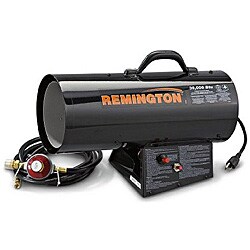cowman
Final Approach
So it's gotten cold up here and I've found my Archer to be VERY hard to get started and also found it runs very rough for about 20-30 seconds after finally getting it going.
I will be installing a pre-heater in a week or two at the same time I do the annual. In the meantime I have some flights to make and I'd like to be nice to my engine and make life easier. Any temporary solutions?
I have an un-insulated large divided T-hangar so heating the hanger isn't really an option. Don't yet have a blanket for the cowling or cowl plugs but I suppose I should get those anyway.
I think I remember seeing somewhere that some people use a trouble light under the cowling to provide some heat? Hair drier for a 15-30 minutes before takeoff?
I will be installing a pre-heater in a week or two at the same time I do the annual. In the meantime I have some flights to make and I'd like to be nice to my engine and make life easier. Any temporary solutions?
I have an un-insulated large divided T-hangar so heating the hanger isn't really an option. Don't yet have a blanket for the cowling or cowl plugs but I suppose I should get those anyway.
I think I remember seeing somewhere that some people use a trouble light under the cowling to provide some heat? Hair drier for a 15-30 minutes before takeoff?


